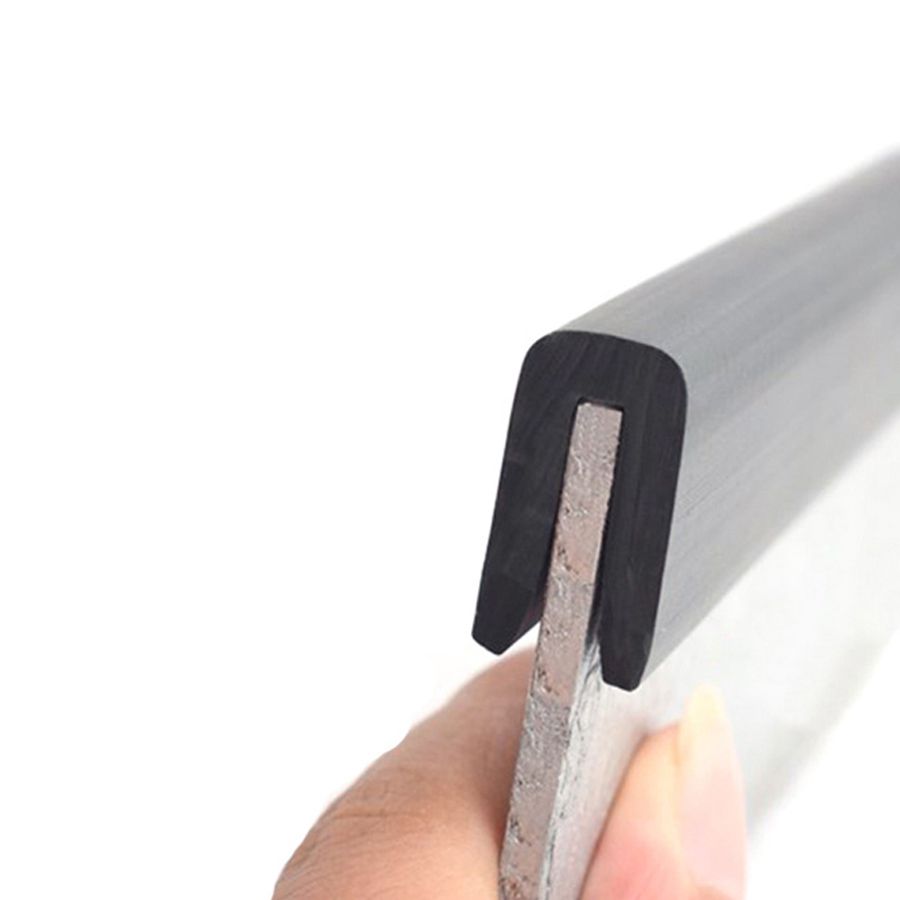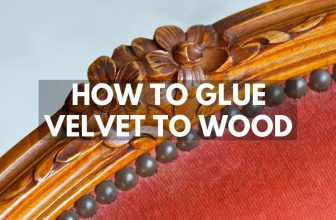
How to Glue Rubber to Metal
How do you glue rubber to metal? Some might say it’s impossible, but that really isn’t the case at all. However, there are certain things that you have to do in order for you to be able to glue rubber to metal. It’s safe to say that gluing metal to rubber isn’t the easiest thing in the world to do, but it can be done. All you have to do is follow a few steps and have patience. As long as you’re willing to do that, you can make this type of project work.
Which Glue Should You Use?
There are a variety of different brands of strong metal glue you can use that will work. However, they should all have something in common. The active ingredient needs to be cyanoacrylate. This type of glue does a much better job of bonding metal and rubber together, provided you work with it properly.
It’s extremely important that you check the active ingredient list on the back of the package in order to ensure that the glue you are thinking about using does indeed contain cyanoacrylate as the main ingredient. Furthermore, you should also check the back of the package to see which materials the glue is designed for, ensuring that both metal and rubber are included on the list.
Preparation
In order to properly prepare the two surfaces for bonding, they must first be thoroughly cleaned. This is accomplished by carefully washing both surfaces with a gentle cleanser and then allowing them to dry completely. Of course, you must make sure that the products and techniques you are using for cleaning won’t harm either surface. The most important thing here is to make sure that the cleanser you use is compatible with both surfaces. Once that step has been completed, you can begin the process of getting ready to bond the two materials together.
Before you get the glue out, make sure that you have adequate space to work. It’s a good idea to put newspapers or something similar down so you don’t have to worry about excess glue getting all over the place. It’s even more important to make sure the space you’re working in is well ventilated. Many of the glues that can be used for this type of bonding have strong fumes. The last thing you want to do is be closed in while you’re breathing those fumes.
Last but not least, take care not to get the glue on your hands. If you do, stop what you’re doing and take the appropriate measures to remove the glue from your hands as soon as possible.
Applying the Glue
Now you’re ready to start applying the glue. The exact process you will use here will largely depend on the particular product you have. Some of them can be sprayed like paint while others come with brushes. Apply the glue according to the manufacturer’s directions, making sure that you apply an adequate amount of glue to both surfaces. One caveat is that you don’t need to apply an excessive amount of glue. Make sure that both surfaces have some, but there is no need to use the whole container.
Setting the Glue
This is by far the most important part of the entire project. If you don’t allow the glue to set properly, you’ve just wasted your time up to this point. Before you marry the two pieces together, allow them to set for a few minutes. Check the instructions on the package to figure out exactly how long the glue needs to set before you attempt to bond the metal and rubber together.
Once the predetermined amount of time has passed, carefully put the two pieces together. If you can use a vise or something similar to physically apply pressure to the two surfaces, do so. Typically, you should leave them in this state, undisturbed, for at least 24 hours before removing the vise.
As long as you follow these instructions to the letter and you don’t try to rush things, you shouldn’t have any trouble bonding metal and rubber together. The most important thing you can do is take your time, be precise and use caution. Before you know it, you can enjoy a finished project that has a bond almost as strong as anything that would have come from a factory or dealership.






